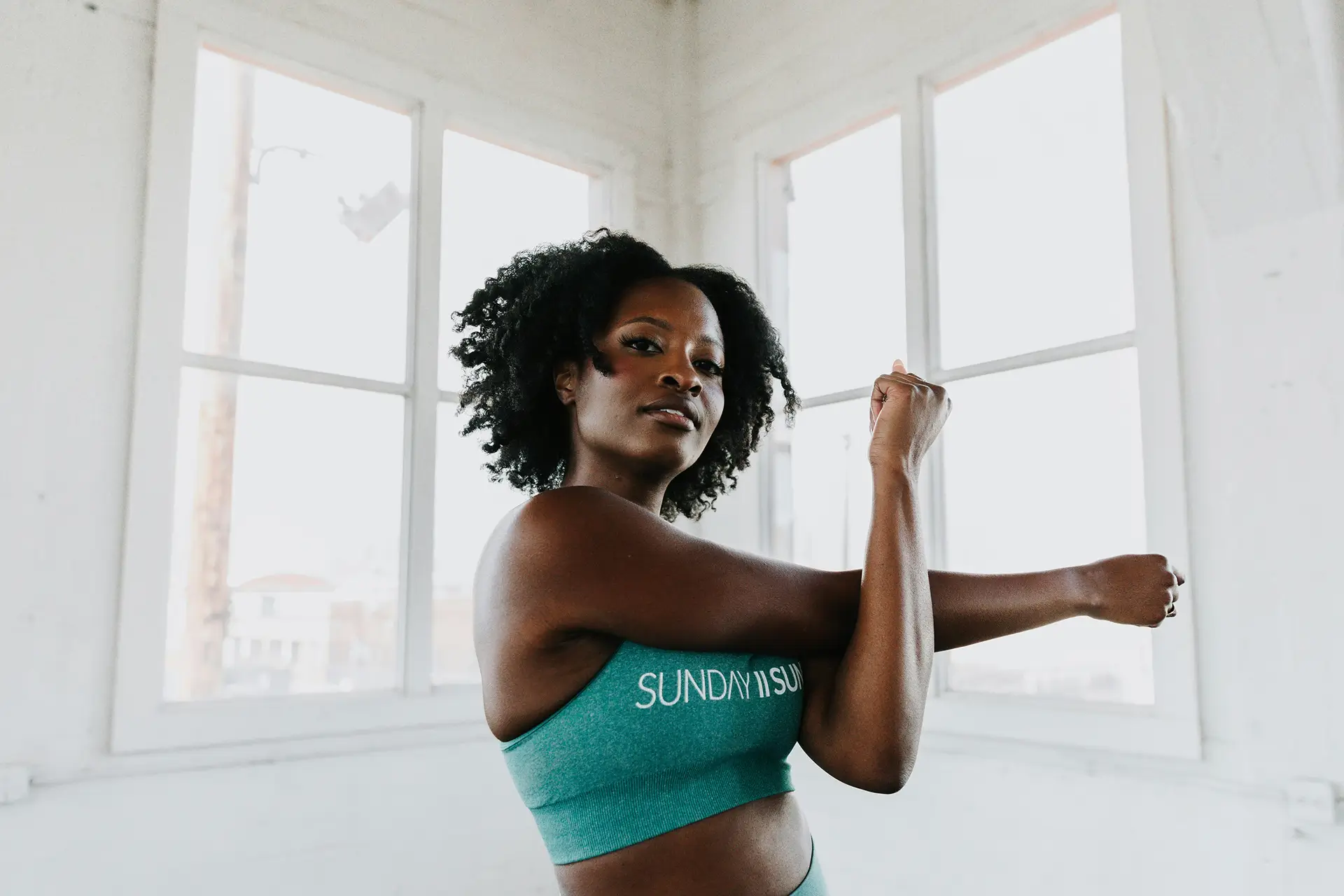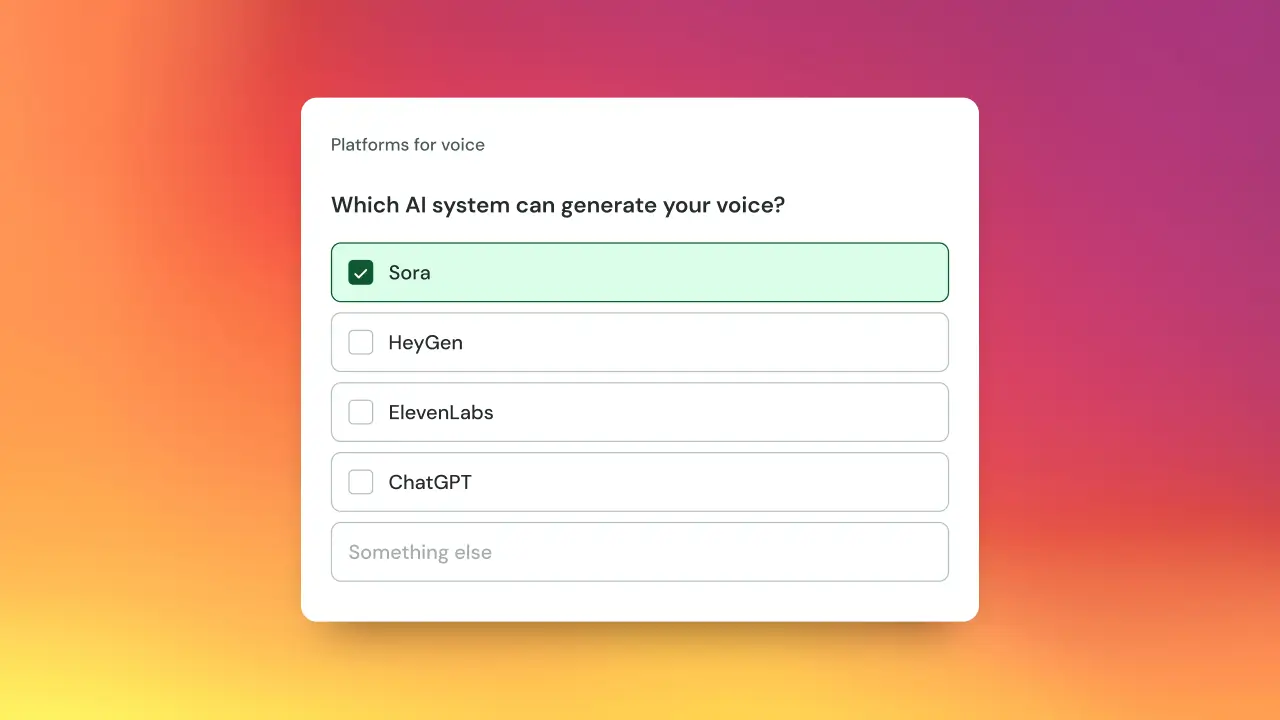In influencer and talent marketing, usage rights are often treated like a technicality, something to negotiate at the last minute, or worse, ignored entirely. But the truth is, brands that get usage rights right don’t just avoid legal risk, they actually drive better results.
When content licensing is built into influencer strategy from the start, content can be purchased more efficiently, meaning assets work harder, and ROI increases.
Respecting creator rights isn’t just the ethical thing to do. It’s a smarter, more effective way to work.
What Are Usage Rights and Why Do They Matter?
In their simplest terms, usage rights define how, where, and for how long a brand can repurpose a creator’s content. This can include everything from paid social ads to billboards, from in-store signage to website placements.
Unless these rights are specifically agreed upon in the contract, the brand does not automatically have permission to reuse the content beyond its original platform or organic context. The content remains the intellectual property of the creator, and using it without licensing it is a breach of contract and trust.
As influencer content becomes increasingly central to paid media strategies, the need for clarity and fairness around usage is growing fast.
The Big Problems With Usage Today
At one end of the spectrum, some brands under-license, reusing creator content without permission, and exposing themselves to legal risk and reputational damage.
At the other end, many brands over-license. They purchase broad rights to all content from a campaign, sometimes in perpetuity, across all platforms, and then only use a small portion of it. Or they secure extensive usage terms without internal clarity on where and how content can be activated, meaning valuable assets often sit unused.
But perhaps the biggest inefficiency comes from the way paid media is actually bought and served today. With AI now driving much of social ad delivery, budgets are dynamically allocated at the impression level, based on performance, audience signals, and algorithmic learning. That makes it incredibly difficult for brands to predict in advance which creator assets will be served where, how often, or to whom.
In this environment, traditional models - where brands buy usage in bulk, upfront, without knowing what will perform - no longer make sense. They lead to overpayment, underutilisation, or hesitancy to activate content at all.
Smarter Licensing = Better ROI
What’s needed is a more flexible, performance-based approach to usage, where rights are scaled in line with actual need and campaign outcomes. That doesn’t mean spending more. It means spending smarter.
At TrueRights, we conducted market analysis, which revealed significant pricing inefficiencies from both sides: while brands overpay by an average of 69%, talent undercharges by an average of 195%. This demonstrates a fragmented marketplace where neither party benefits from the absence of transparent, standardised pricing, something that’s essential for ensuring fair compensation for talent and cost-effective investments for brands.
Here’s how smarter usage strategy improves results:
- Clearer cost-per-outcome: When usage is properly scoped and costed, it becomes easier to understand the true ROI of influencer campaigns, not just at the post level, but across every channel the content touches.
- Less waste, more impact: Instead of licensing everything upfront and only using a portion, brands can license what they actually plan to use, and feel confident activating the content they’ve invested in.
- Better asset performance: When creators are briefed with multi-channel potential in mind, content is more adaptable and performs better when repurposed across paid, owned and earned channels.
- Fairer relationships with creators: Compensating creators for how their content is actually used, not just what’s posted, builds trust, encourages long-term partnerships, and helps avoid conflict or confusion down the line.
What Brands Should Do Next
If you’re working with creators in any capacity, now’s the time to rethink your approach to rights. Here’s where to start:
- Audit your current campaigns. Where are usage rights unclear, underused, or overly broad?
- Plan licensing with intent. Don’t treat usage like a legal afterthought. Treat it as part of the campaign strategy, something that shapes how content is created, activated, and measured.
- Clarify internally. Media teams, brand managers, legal, and procurement all need to be aligned on what’s been bought and what’s permitted. Uncertainty leads to inaction, or worse, misuse.
- Shift to needs-based licensing. Rights should reflect what you actually plan to do with the content and be adaptable if plans change or performance spikes.
In Conclusion
Usage rights are no longer just a legal line item; they’re a key part of running efficient, effective, creator-first marketing. Brands that get usage right don’t just protect themselves; they spend more strategically, build stronger creator relationships and they see better returns on every piece of content they put out into the world.





